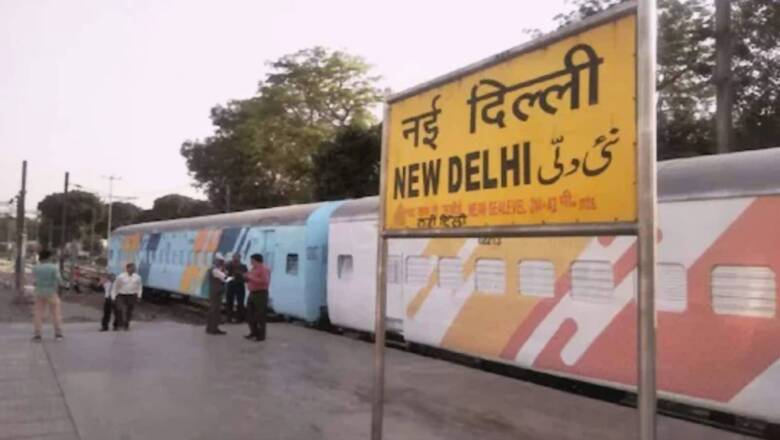
views
Have you ever wondered why height above sea level is mentioned on yellow signages at railway stations? While travelling on trains from one destination to another, you might have noticed yellow signages at the railway stations mentioning the name of the railway station in English, Hindi and a local language. Along with the name in several languages, the height of the station above sea level is also mentioned.
The Indian Railway network is one of the largest railway networks in the world. At every station of the Indian Railway, you find a station master’s office and inquiry centres. The railways has also issued a helpline number, 139, for any complaints during their journey.
But, every traveller looks at the yellow signboard placed at the beginning and end of the railway station at least once to figure out how long their journey is going to be or the station they have reached.
While trying to find the station’s name, you must have also noticed figures mentioning the height of the station above sea level.
The reason for prominently writing the height of the station above sea level termed as Mean Sea Level (MSL) is for the safety of all passengers commuting in Indian Railway trains.
Now you might be thinking about how mentioning the MSL is related to the safety of the passengers. The MSL directly alerts the loco pilots (train drivers) and the guards about the altitude they are travelling at.
With the help of the MSL, a loco-pilot controls the speed of the train. If the train is moving towards a higher altitude the loco-pilots provide power according to the engines for the smooth running of trains.
Indian Railways since March 2020, after the announcement of complete lockdown, had halted its passenger service to break the Coronavirus chain. With unlocking, the Indian Railways started several special trains to connect important cities across the country. People are still waiting for the Indian Railways to start its regular timetable trains.
Read all the Latest News, Breaking News and Assembly Elections Live Updates here.



















Comments
0 comment